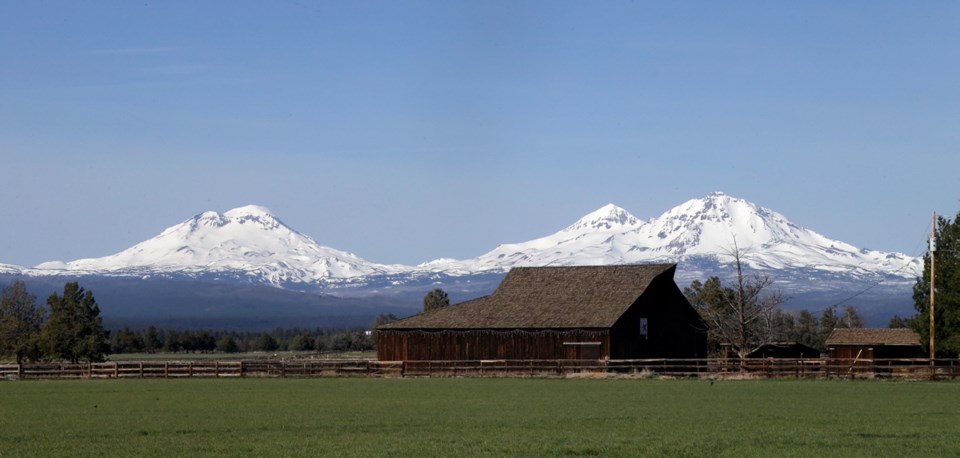As Mount Kilauea unleashes a world-class show of geologic force on Hawaii’s Big Island, some Northwesterners are eyeing the Cascade Range with a new wariness.
It’s an empty threat at the moment, scientists say, but a good reminder that the Pacific Northwest is home to a 1,300-kilometre chain of active volcanoes that have erupted in the recent past and will erupt again in the future.
With their towering, snow-capped peaks, the Cascade volcanoes are very different beasts from Hawaii’s low-slung, shield volcanoes, says Seth Moran, scientist-in-charge of the U.S. Geological Survey’s Cascades Volcano Observatory. They don’t erupt as often and they don’t spew out as much magma — but when they do let loose, the result can be the type of explosive blast epitomized by Mount St. Helens’ 1980 cataclysm.
Nine Cascade volcanoes have the potential to erupt in our lifetimes, Moran said. (In Washington they are: Mount Rainier, Mount St. Helens, Glacier Peak, Mount Baker and Mount Adams. In Oregon: Crater Lake, Mount Hood, Newberry Volcano and the Three Sisters.)
All are currently quiet, but the eruption that blew off Mount St. Helens’ top in 1980 and the dome-building eruptions that followed in 2004-2008 show how quickly the giants can stir to life.
“Those two eruptions came out of nowhere, and we had about a week’s worth of earthquakes before the first explosion,” Moran said. “We’ve got nine volcanoes that really could erupt tomorrow, and we need to treat that as a serious possibility.”
The most likely scenario, though, is that any eruption will be preceded by days to weeks of seismic rumblings, ground movement and gas emissions that signal the movement of magma — and which can be detected by ongoing monitoring at all the region’s volcanoes.
Given its restless nature, geologists say Mount St. Helens is the odds-on favourite to erupt next. But six other Cascade volcanoes have been active in the past 300 years, including steam eruptions at Glacier Peak and Mount Rainier and a 1915 blast at Mount Lassen, in California, that destroyed nearby ranches.
But the type of scenes playing out in Hawaii, with rivers of lava snaking through neighbourhoods and sprouting fountains, are highly unlikely in the Pacific Northwest, Moran said.
Cascade volcanos produce a thicker, more viscous type of lava than Hawaiian volcanoes, so it doesn’t run out as far. Also, very few people live on the flanks of the Cascade volcanoes.
By far the greatest danger to people and property from Cascades volcanoes are lahars — volcanic mudflows triggered when eruptions collapse slopes and melt glaciers. The resulting slurry can roar down valleys at immense speeds and travel for dozens of kilometres.
The most far-reaching effect of a Cascade volcano eruption would be the massive amounts of ash that can be lofted into the air. It’s mostly a nuisance, though volcanic ash suspended in air can choke airplane engines. It’s not healthy to breathe, either.
The plume from Mount St. Helens rose more than 80,000 feet. Prevailing winds deposited thick, gritty layers across Central and Eastern Washington and carried a fine dusting to the East Coast. Within two weeks, tendrils extended around the globe.
The Cascades Volcano Observatory posts weekly status reports for the region’s volcanoes. All currently register “Normal.”



